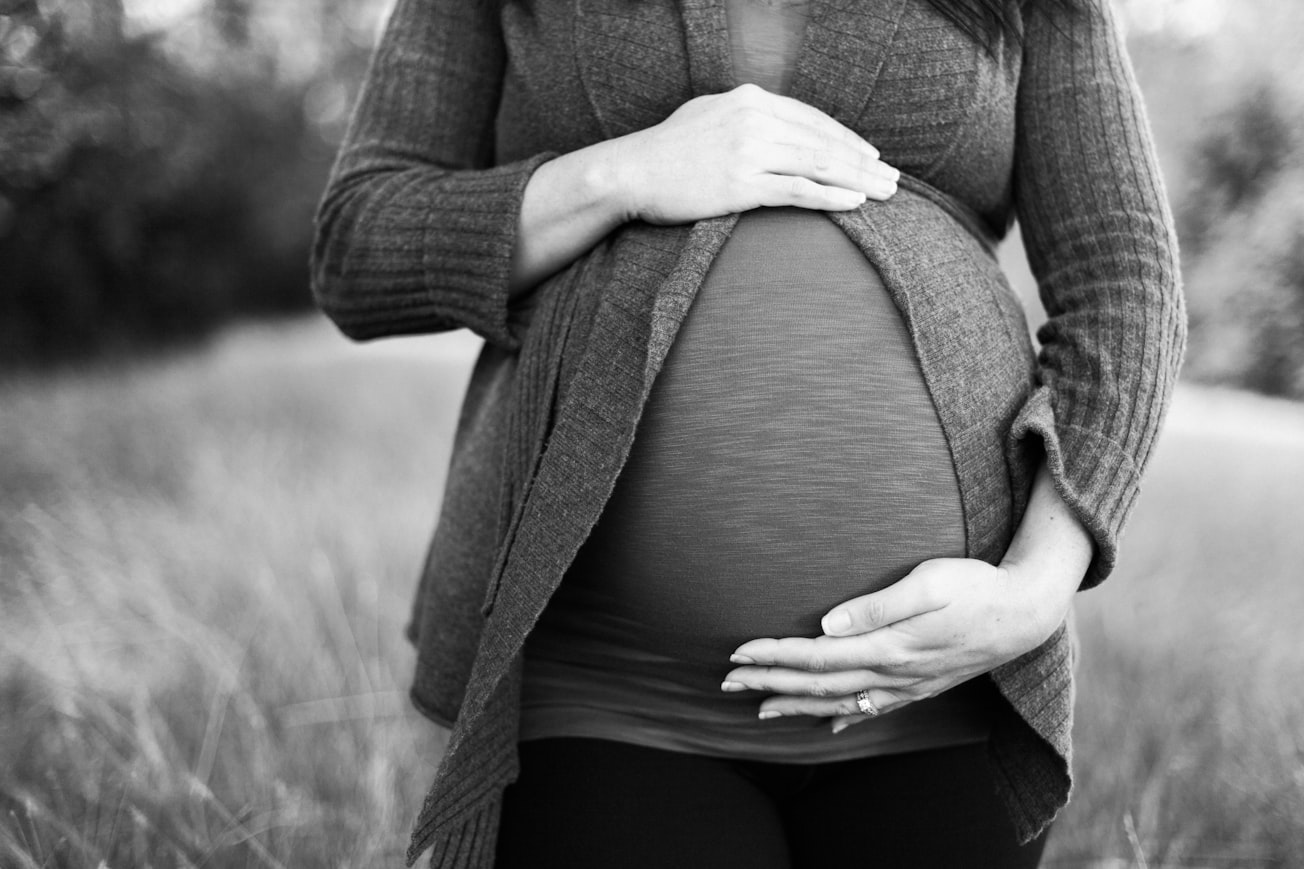What is it about?
Based on a critical interpretative review of existing qualitative research investigating accounts of ‘lived experience’ of surrogates and intended parents from a relational perspective, this article proposes a typology of surrogacy arrangements. The review is based on the analysis of 39 articles, which belong to a range of different disciplines (mostly sociology, social psychology, anthropology, ethnology, and gender studies). The number of interviews in each study range from as few as seven to over one hundred. Countries covered include Australia, Canada, Greece, India, Iran, Israel, Italy, Mexico, Norway, Russia, Sweden, UK, Ukraine, and the USA. Most studies focus only on surrogacy practices in one country (although often with intended parents from other countries), and some include several countries (e.g. interviewees from several countries or fieldwork in different field-sites). The proposed typology goes beyond the division between altruistic versus commercial, and traditional versus gestational surrogacy, in order to inform further research and to contribute to bioethical and policy debates on surrogacy in a transnational context. Four types of relations are identifiable: open, restricted, structured, and enmeshed. The criteria which influence these relationships are: the frequency and character of contact pre- and post-birth; expectations of both parties; the type of exchange involved in surrogacy arrangements; and cultural, legal, and economic contexts. The theoretical contribution of the article is to further the development of a relational justice approach to surrogacy.
Featured Image

Photo by Heather Mount on Unsplash
Why is it important?
A new typology of surrogacy relationships is suggested in the article.
Perspectives
Based on review of research on ‘lived experience’ of surrogates and intended parents from a relational perspective, this article proposes a typology of surrogacy arrangements.
Dr Signe Mezinska
University of Latvia
Read the Original
This page is a summary of: Surrogacy relationships: a critical interpretative review, Upsala Journal of Medical Sciences, February 2020, Taylor & Francis,
DOI: 10.1080/03009734.2020.1725935.
You can read the full text:
Contributors
The following have contributed to this page







